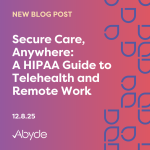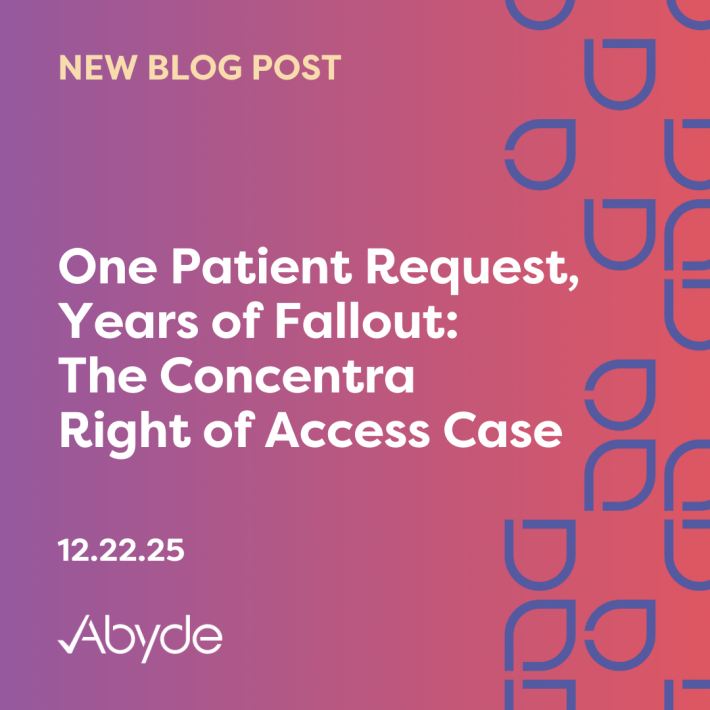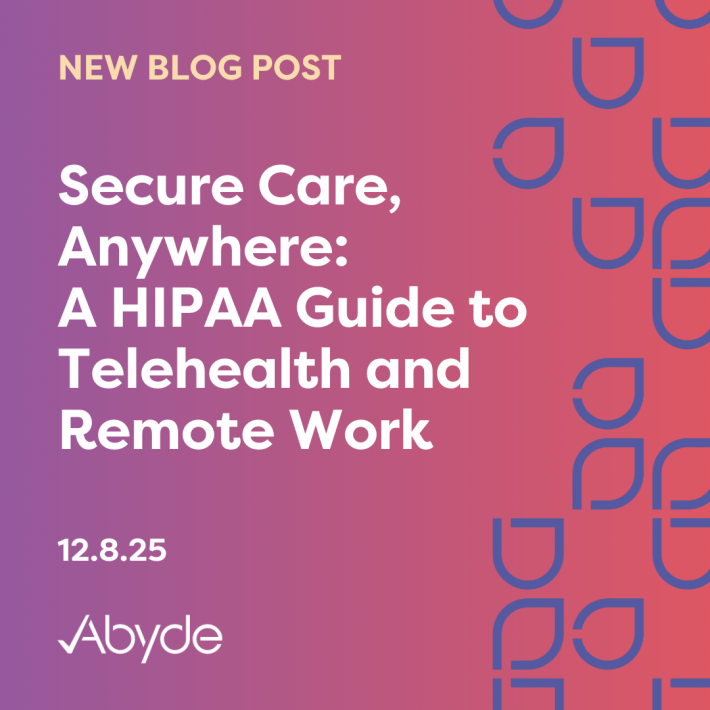December 22, 2022
The end of the year is right around the corner and while you’re enjoying the festivities with friends and family (we love a good holiday tradition!), you might already be thinking about New Year’s resolutions. And if you are, props to you for not being a procrastinator. We bet your goals for the year may include eating healthier and learning a new skill, but what about getting compliant? Ensuring your organization is HIPAA and OSHA compliant should be a top priority for every practice – and it’s an easy goal to check off your list! Here are some quick tips to help you start the new year off on the right foot:
Complete your annual Security Risk Analysis and Facility Risk Assessment
This should be your top priority as it is the first piece of documentation you will be asked for in the case of a HIPAA audit or OSHA investigation. The SRA sets a baseline for your organization by assessing all physical, technical, and administrative areas of risk and determining where your HIPAA program stands. Much like the SRA, the FRA is an assessment of your facility’s environment that will help to identify, minimize, and eliminate hazards in the workplace. Keep in mind that both the SRA and FRA must be documented and must be more than a generic checklist. They should provide you with actionable information and insights into all risks and hazards within your organization.
Complete annual HIPAA and OSHA training
All staff members including doctors and part-time employees must complete annual training. A best practice is to conduct training in a modular type format with a quiz at the end so you have documentation to prove that training has been completed. When it comes to OSHA training, each facility is different so you must incorporate site-specific training in order to address any site-specific hazards.
Update all Policies, Procedures, Programs, and Forms
This is a big one! Without proper documentation that accurately reflects all procedures within your organization, you are not considered to be compliant! If you have been using some templates you found online or have a dusty manual sitting on a shelf, this is your sign to trash it and update your policies to be practice-specific. Don’t forget to implement a plan to routinely review all policies with staff members so they are up-to-date with the latest information as well.
Get signed Business Associate Agreements
In order to be HIPAA compliant, run an inventory list of all vendors you work with that have access to Protected Health Information (PHI). Some examples would include your IT vendor, EHR/PM system, and encryption provider. Once you have gathered all vendor information, double-check that you have a signed Business Associate Agreement with them. If you do, great! If not, be sure to reach out to them right away. If you don’t have a BAA in place with every vendor then you run the risk of getting slapped with your own HIPAA fine if a breach occurs.
Update your Safety Data Sheets
When it comes to OSHA compliance, Safety Data Sheets are essential for tracking and managing any hazardous chemicals in the workplace. Make sure you have a Safety Data Sheet for any chemical which is known to be present in the workplace, in such a manner that employees may be exposed to it under normal conditions of use or in a foreseeable emergency. The big takeaway here – these MUST be readily accessible to all employees. If you do not have a safety data sheet for a particular chemical, you should contact the manufacturer to obtain one.
And that’s it! If you follow these steps, there’s no doubt you will be in great shape when it comes to compliance. Still have questions or need help implementing a compliance program for your practice? Contact the experts (hey, that’s us!) at 800.594.0883 for all of your compliance goal-setting needs! While we might not be giving up Chick-fil-a, enrolling in a new gym, or even improving our culinary skills, our resolution always remains the same – make compliance the easiest part of running your practice.





